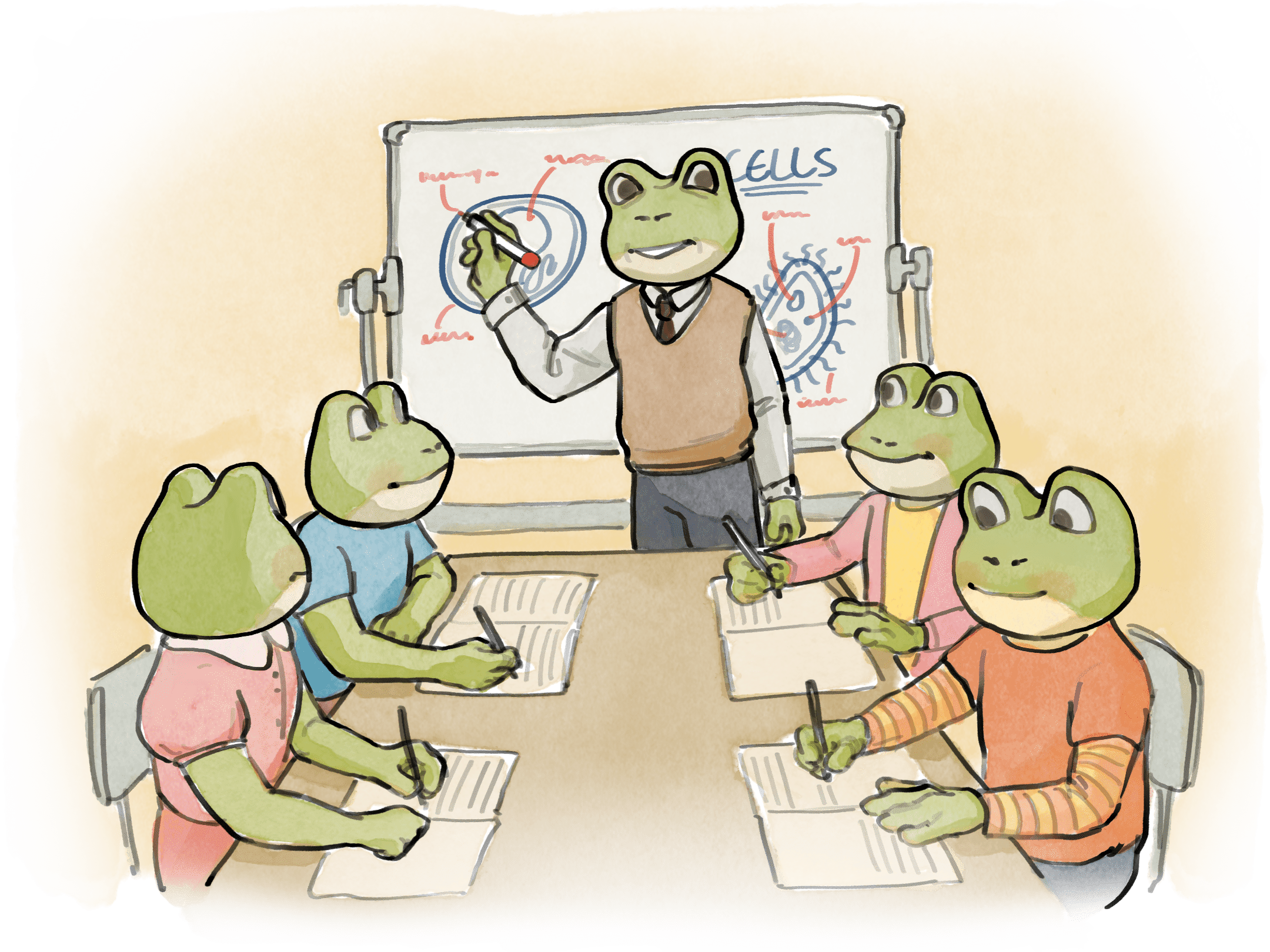Art, animation, and graphic design are not mere hobbies; they are the backbone of numerous thriving industries, including film, publishing, content creation, and gaming. However, educational systems often relegate these disciplines to the periphery of the curriculum, underestimating their importance and potential as serious career paths. This blog post argues for the elevation of these creative subjects to a more advanced level within educational institutions to reflect the critical role they play in our digital and visually driven world.
The Undervalued Trio: Art, Animation, and Graphic Design: The creative arts have traditionally been viewed as secondary to core academic subjects. Yet, in today’s world, where visual communication dominates, the skills taught in art, animation, and graphic design classes are not just relevant but essential. Students with a passion for these fields often find themselves having to seek education outside the standard school system to gain the advanced skills they need to be competitive in the job market.
The Transformative Impact of Creative Industries: Creative industries are a significant part of the global economy. The film industry alone contributes billions to the global market, while the gaming industry has surpassed other entertainment forms in revenue generation. Publishing and content creation are also arenas where art and design play pivotal roles. These industries are not only economic powerhouses but cultural influencers, shaping our society’s narratives and visual landscapes.
Why Advanced Creative Education Matters: Teaching art, animation, and graphic design at a more advanced level in schools could provide students with a robust foundation to enter these influential fields. Advanced education in these subjects can nurture critical thinking, innovation, and problem-solving skills. Furthermore, it offers students a comprehensive understanding of the industry-standard tools and technologies they will encounter in the workforce.
The Ripple Effect on Other Educational Areas: Integrating advanced creative subjects into the school curriculum can have a positive impact on other areas of education as well. These disciplines encourage a multidisciplinary approach, combining elements of technology, storytelling, psychology, and marketing. By understanding these connections, students can develop a more holistic view of their education and its applications.
Bridging the Gap with Technology: Technology plays a crucial role in art, animation, and graphic design. By incorporating advanced software and hardware into the curriculum, schools can bridge the gap between theoretical art education and practical, industry-relevant skills. This integration not only prepares students for the workforce but also fosters an environment of continuous innovation and learning.
The Economic Argument for Advanced Creative Education: Investing in advanced creative education is not just about fostering individual talent; it’s an economic imperative. As industries evolve and new ones emerge, the demand for skilled creative professionals continues to grow. By offering advanced courses in these subjects, schools can contribute to a well-prepared workforce that can drive economic growth and innovation.
The Role of Educators and Industry Professionals: Educators and industry professionals have a shared responsibility to advocate for advanced creative education. Professionals can provide valuable insights into the skills and knowledge required in the field, while educators can work to integrate these insights into the curriculum. Partnerships between schools and creative industries can also provide students with real-world experiences and mentorship opportunities.
Conclusion: In conclusion, art, animation, and graphic design are far more than side hobbies; they are essential components of a vast array of industries that shape our cultural and economic landscape. It is time for educational institutions to recognize the importance of these disciplines and to offer advanced, industry-aligned education that equips students with the skills to succeed in these fields. By doing so, schools will not only serve the interests of their students but also contribute to the vitality and advancement of the creative industries upon which whole sectors of the global economy depend.




